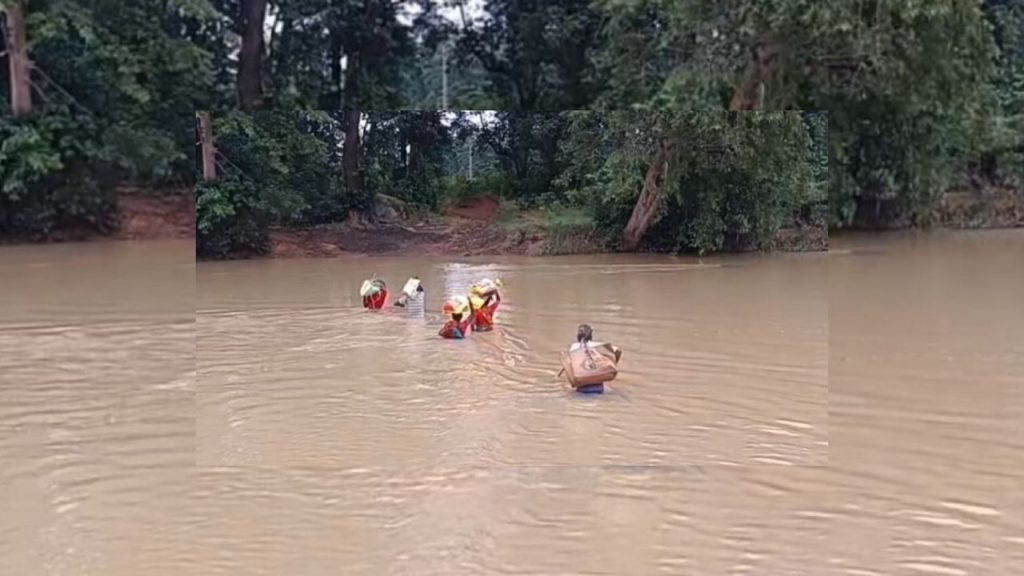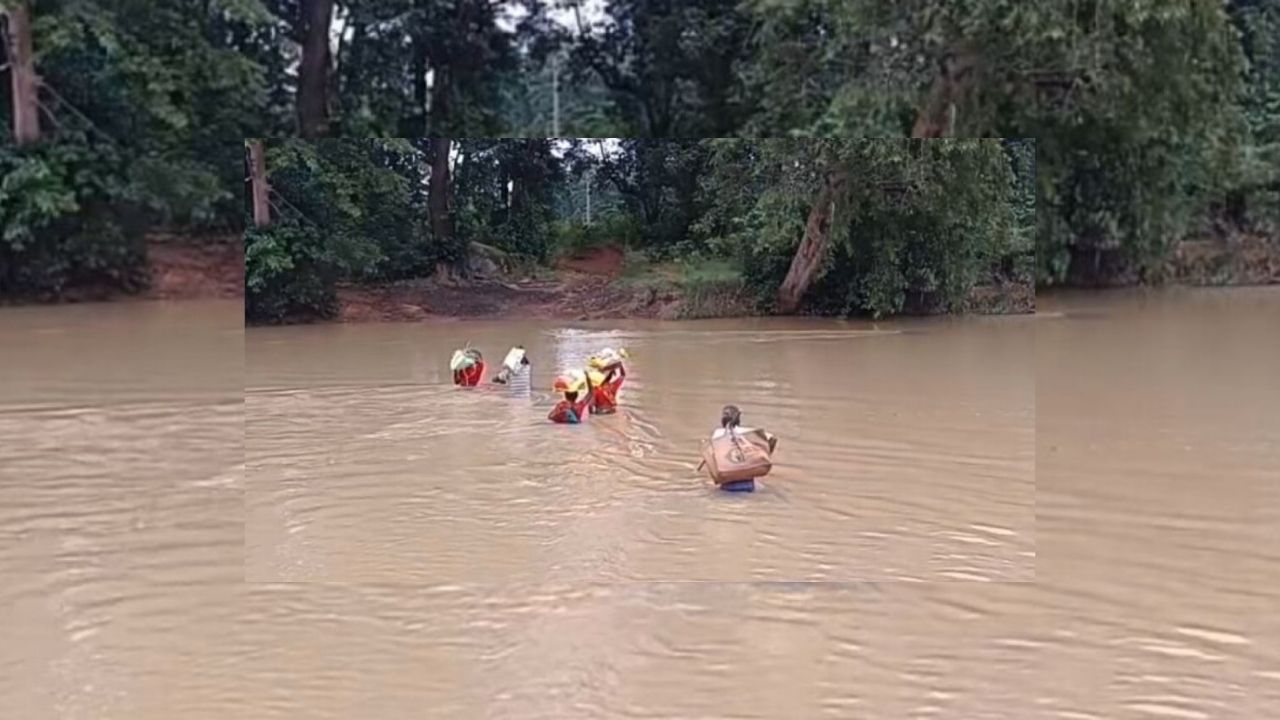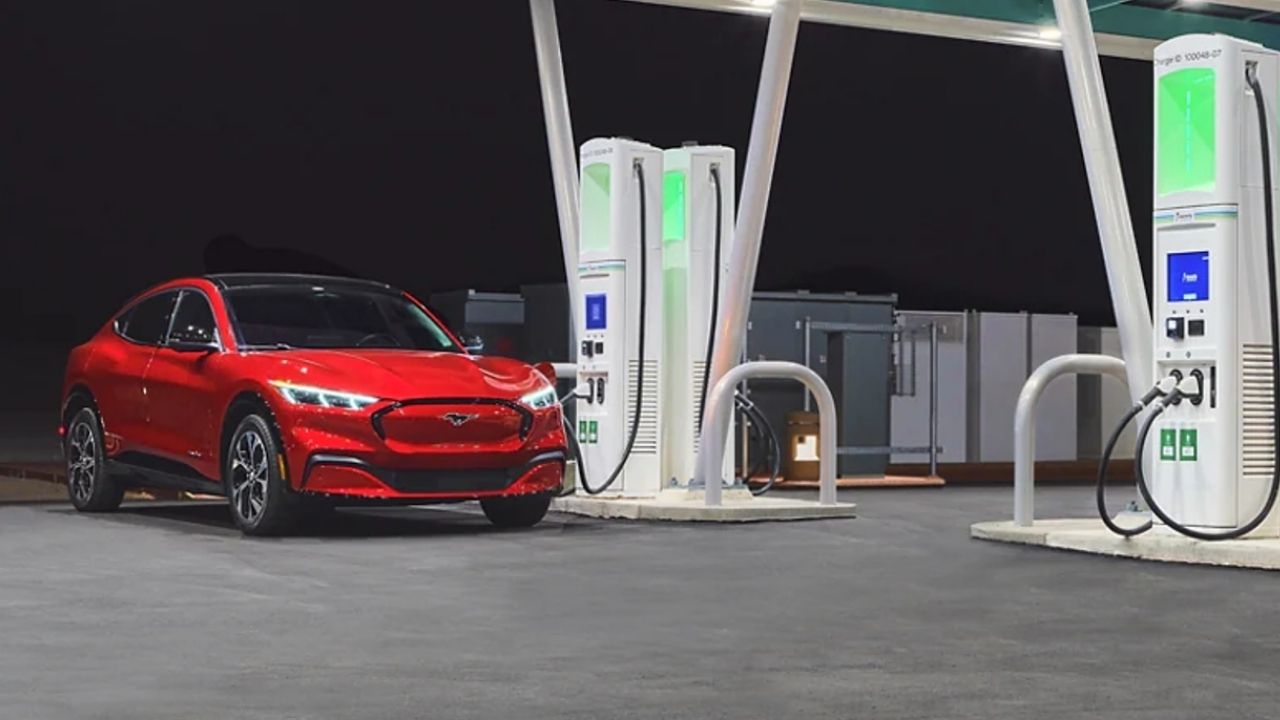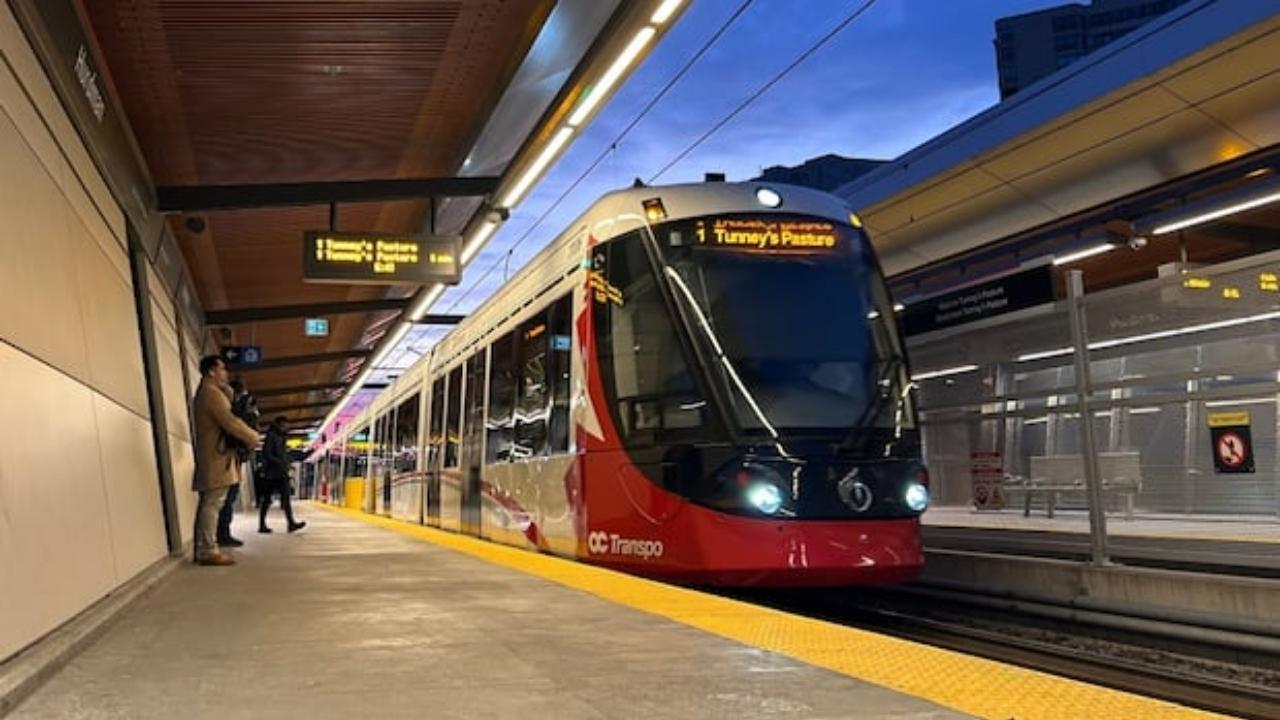Life-Threatening Journeys for Survival in Rural Odisha
Villagers in Talapada, a remote area of Keonjhar district, Odisha, are routinely risking their lives crossing a treacherous, swollen river to access Public Distribution System (PDS) rice, a critical lifeline for many impoverished families. This perilous journey underscores significant logistical challenges and the deep dependency of rural communities on government welfare programs for survival. The lack of reliable infrastructure forces residents to choose between food security and personal safety, highlighting an urgent humanitarian concern.

The Perilous Path to Sustenance
For the residents of several villages within the Talapada panchayat, including Nuasahi and Gopinathpur, the Baitarani River stands as a formidable barrier between them and the nearest PDS distribution center. During the monsoon season, the river swells, making crossings extremely hazardous. Despite the evident danger, villagers, including women and the elderly, routinely wade through chest-deep waters, carrying their children and the precious rice sacks on their heads, to reach their allocated rations. This daily struggle exemplifies the broader issue of last-mile connectivity for essential services in remote parts of India.
The Public Distribution System (PDS) is a vital government-sponsored chain of shops tasked with distributing essential food and non-food items to India’s poor at subsidized rates. Rice, wheat, sugar, and kerosene are among the key commodities provided. For many families in regions like Keonjhar, these subsidized rations are the primary source of nutrition, making access to them a matter of survival.

Community Resilience Amidst Infrastructural Deficiencies
Local residents describe a long-standing plea for a bridge over the Baitarani River, a request that has largely gone unaddressed by local authorities. “We have been asking for a bridge for decades,” stated Jaganath Mahanta, a village elder from Nuasahi, speaking to local media. “Every month, it’s a gamble with our lives to get the rice that is rightfully ours. What happens if someone drowns? Who will be responsible?” These sentiments resonate deeply within the community, highlighting a sense of abandonment and desperation.
The lack of reliable infrastructure, specifically bridges or alternative safe passage, forces villagers to undertake these dangerous journeys. This issue is not isolated to Talapada; numerous remote villages across India face similar challenges in accessing essential services due to geographical barriers and inadequate infrastructure development. This situation raises questions about the effectiveness of last-mile delivery mechanisms for government welfare schemes.
Government Response and Future Outlook
Officials from the district administration have acknowledged the villagers’ plight. Pramod Kumar Sahoo, the Block Development Officer (BDO) of the region, was quoted in recent reports stating that the administration is aware of the difficulties faced by the villagers. He indicated that proposals for bridge construction have been submitted to higher authorities, but concrete timelines for commencement remain elusive. The process for sanctioning and constructing such projects often involves multiple bureaucratic layers and significant financial outlays, leading to delays.
The government’s Public Distribution System (PDS) aims to ensure food security for the vulnerable. However, the efficacy of the system is often hampered by logistical bottlenecks, including inaccessible terrain, inadequate storage facilities, and transportation challenges. The incident in Keonjhar serves as a stark reminder that while policies may be well-intentioned, their successful implementation hinges on robust infrastructure and responsive local governance.
Access to fundamental necessities like food should not be contingent on risking one’s life. The situation in Keonjhar’s Talapada highlights the urgent need for infrastructure development that prioritizes the safety and well-being of its citizens. Addressing this issue would not only secure access to PDS rice but also pave the way for better access to education, healthcare, and economic opportunities for these marginalized communities. As the monsoon season progresses, the villagers of Talapada continue their precarious crossings, their hope for a bridge remaining as distant as the other side of the river.
The Socioeconomic Impact of Inaccessibility
The recurring struggle to access PDS rice has broader socioeconomic implications for the communities in Talapada. Limited access to essential food items can exacerbate malnutrition, particularly among children and pregnant women. Furthermore, the time and effort expended on these dangerous journeys detract from other productive activities, perpetuating a cycle of poverty. The fear of river crossings also restricts villagers’ ability to access healthcare facilities, markets, and educational institutions, hindering overall development.

Local non-governmental organizations and social activists have called for immediate intervention, emphasizing that temporary solutions, such as alternative delivery mechanisms during peak monsoon, should be considered while long-term infrastructure projects are being planned and executed. The plight of Talapada is a microcosm of the challenges faced by many remote communities in India, urging a re-evaluation of how welfare programs are delivered to ensure equitable and safe access for all beneficiaries.
30,000 Lives Disrupted but Floods Now Under Control—CM Majhi’s Statement Raises New Questions
CM Mohan Majhi Takes to the Skies for Aerial Survey of Odisha’s Flood-Hit Districts!
Odisha’s Kharif Season Sees 15% More Rainfall Than Expected, Flood Risks Increase
The ongoing predicament in Talapada’s Keonjhar district serves as a poignant reminder of the enduring challenges in ensuring equitable access to welfare programs in geographically isolated regions. While the Public Distribution System aims to alleviate hunger, the physical barriers to its access can negate its intended benefits, pushing vulnerable populations to undertake life-threatening risks for basic survival.





